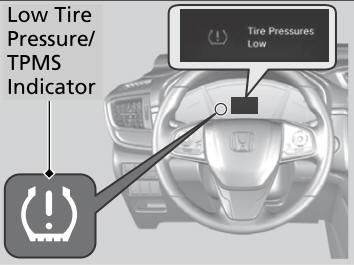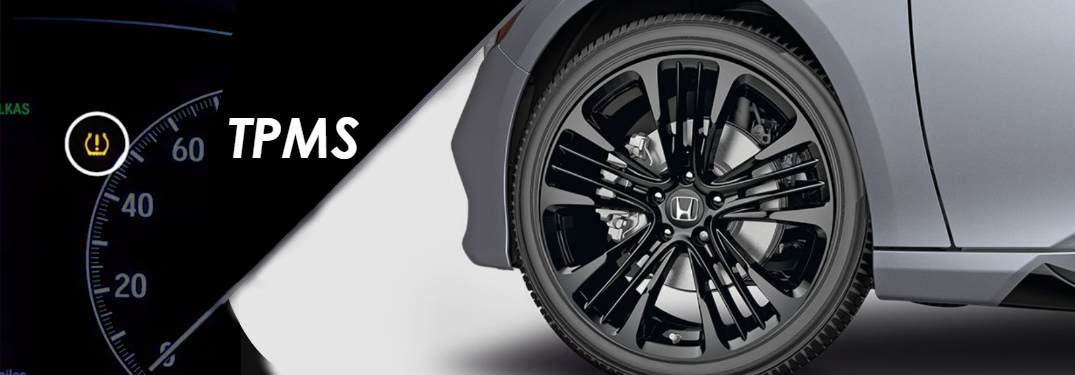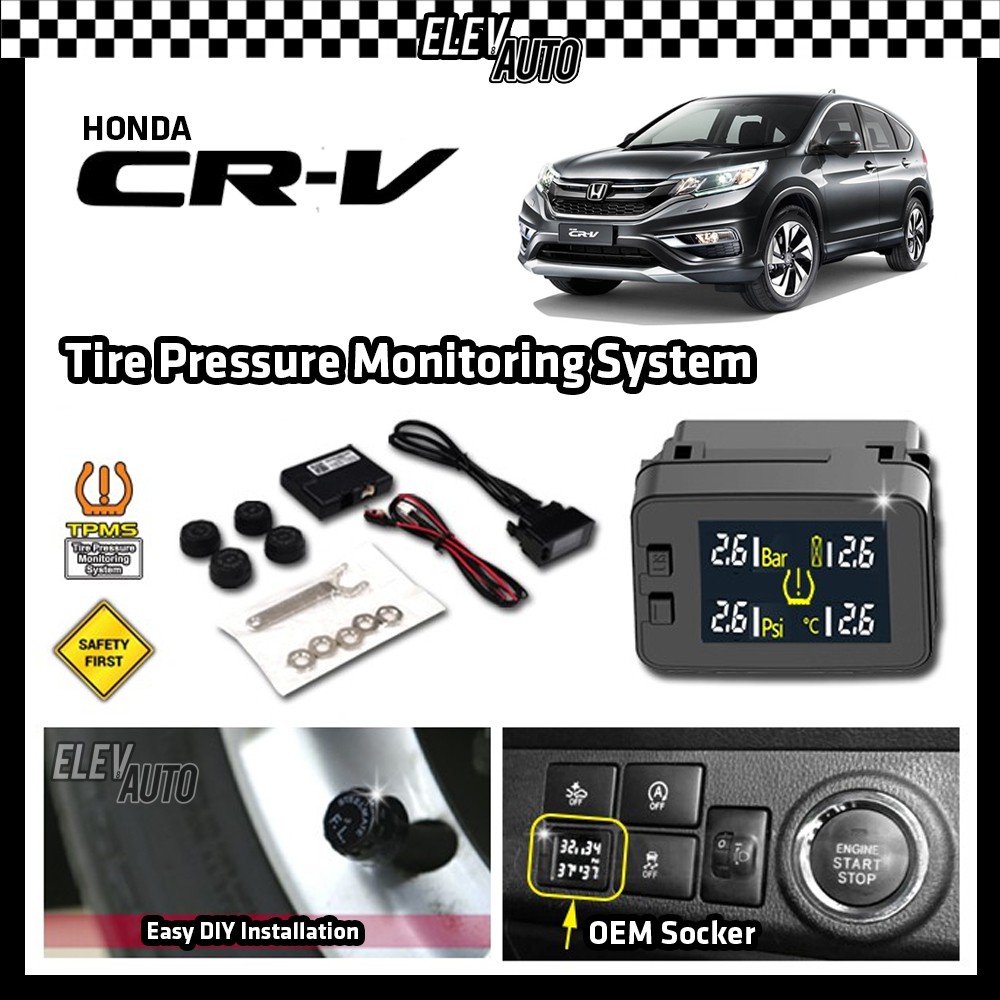Navigating the Road with Confidence: Understanding the 2025 Honda CR-V Tire Pressure Monitoring System
Navigating the Road with Confidence: Understanding the 2025 Honda CR-V Tire Pressure Monitoring System
Introduction
With enthusiasm, let’s navigate through the intriguing topic related to Navigating the Road with Confidence: Understanding the 2025 Honda CR-V Tire Pressure Monitoring System. Let’s weave interesting information and offer fresh perspectives to the readers.
Table of Content
- 1 Navigating the Road with Confidence: Understanding the 2025 Honda CR-V Tire Pressure Monitoring System
- 2 Introduction
- 3 Navigating the Road with Confidence: Understanding the 2025 Honda CR-V Tire Pressure Monitoring System
- 4 Closure
Navigating the Road with Confidence: Understanding the 2025 Honda CR-V Tire Pressure Monitoring System

The 2025 Honda CR-V, like many modern vehicles, boasts an advanced Tire Pressure Monitoring System (TPMS). This system plays a crucial role in ensuring safe and efficient driving by constantly monitoring the air pressure within each tire. While seemingly simple, the TPMS offers a wealth of benefits, promoting both safety and fuel economy.
The Inner Workings of the TPMS:
The 2025 Honda CR-V’s TPMS utilizes sensors embedded within each tire valve stem. These sensors, powered by small internal batteries, continuously measure the tire pressure and transmit this data wirelessly to a receiver unit within the vehicle. This receiver, typically integrated into the vehicle’s computer system, processes the data and displays it on the driver’s instrument cluster.
Understanding the Display:
The TPMS display on the 2025 Honda CR-V’s instrument cluster provides crucial information about the tire pressure in each wheel. Typically, the system displays the pressure in each tire individually, allowing for quick identification of any discrepancies. The display may also feature warning lights or symbols to alert the driver to potential issues.
Benefits of a Tire Pressure Monitoring System:
The 2025 Honda CR-V’s TPMS offers a range of benefits, including:
- Enhanced Safety: Underinflated tires increase the risk of tire failure, potentially leading to accidents. The TPMS helps prevent such incidents by alerting the driver to any pressure discrepancies, allowing for timely intervention.
- Improved Fuel Economy: Properly inflated tires reduce rolling resistance, resulting in better fuel efficiency. The TPMS ensures optimal tire pressure, contributing to overall fuel savings.
- Extended Tire Life: Maintaining the correct tire pressure reduces wear and tear, extending the lifespan of the tires.
- Enhanced Handling and Stability: Properly inflated tires improve vehicle handling and stability, particularly in challenging driving conditions.
Addressing TPMS Issues:
While the TPMS is a valuable safety and efficiency feature, it’s essential to be aware of potential issues and their solutions:
- Low Battery Sensor: The TPMS sensors are powered by batteries that have a limited lifespan. If a sensor battery is low, it may need replacement.
- Damaged Sensor: A damaged sensor may fail to transmit data, resulting in an inaccurate or incomplete reading.
- Faulty Receiver: The receiver unit in the vehicle may malfunction, preventing proper data processing and display.
Frequently Asked Questions about the 2025 Honda CR-V’s TPMS:
Q: How often should I check my tire pressure?
A: It’s recommended to check your tire pressure at least once a month, or before long trips.
Q: What is the ideal tire pressure for my 2025 Honda CR-V?
A: The ideal tire pressure is specified in the vehicle’s owner’s manual or on the driver’s side doorjamb.
Q: What should I do if my TPMS warning light illuminates?
A: If the TPMS warning light illuminates, immediately pull over to a safe location and check the tire pressure. If any tire is underinflated, adjust the pressure to the recommended level.
Q: Can I reset the TPMS after inflating my tires?
A: Some vehicles require a reset after inflating tires. Consult your owner’s manual for specific instructions.
Tips for Maintaining Your TPMS:
- Regularly check tire pressure: As mentioned above, check tire pressure monthly or before long trips.
- Use a quality tire pressure gauge: Ensure the gauge is accurate and calibrated.
- Replace sensors as needed: If a sensor battery is low or the sensor is damaged, replace it promptly.
- Consult your owner’s manual: The manual provides detailed information about the TPMS system and its maintenance.
Conclusion:
The 2025 Honda CR-V’s TPMS is a valuable asset for drivers, promoting safety, fuel efficiency, and overall vehicle performance. By understanding how the system works, addressing potential issues, and following recommended maintenance practices, drivers can maximize the benefits of this advanced technology and enjoy a more confident and efficient driving experience.








Closure
Thus, we hope this article has provided valuable insights into Navigating the Road with Confidence: Understanding the 2025 Honda CR-V Tire Pressure Monitoring System. We hope you find this article informative and beneficial. See you in our next article!